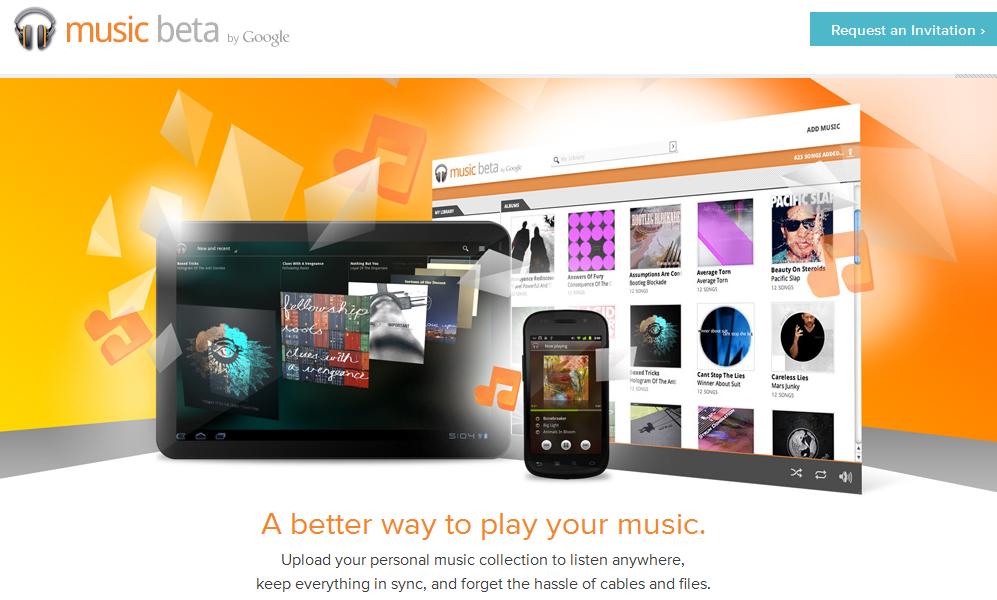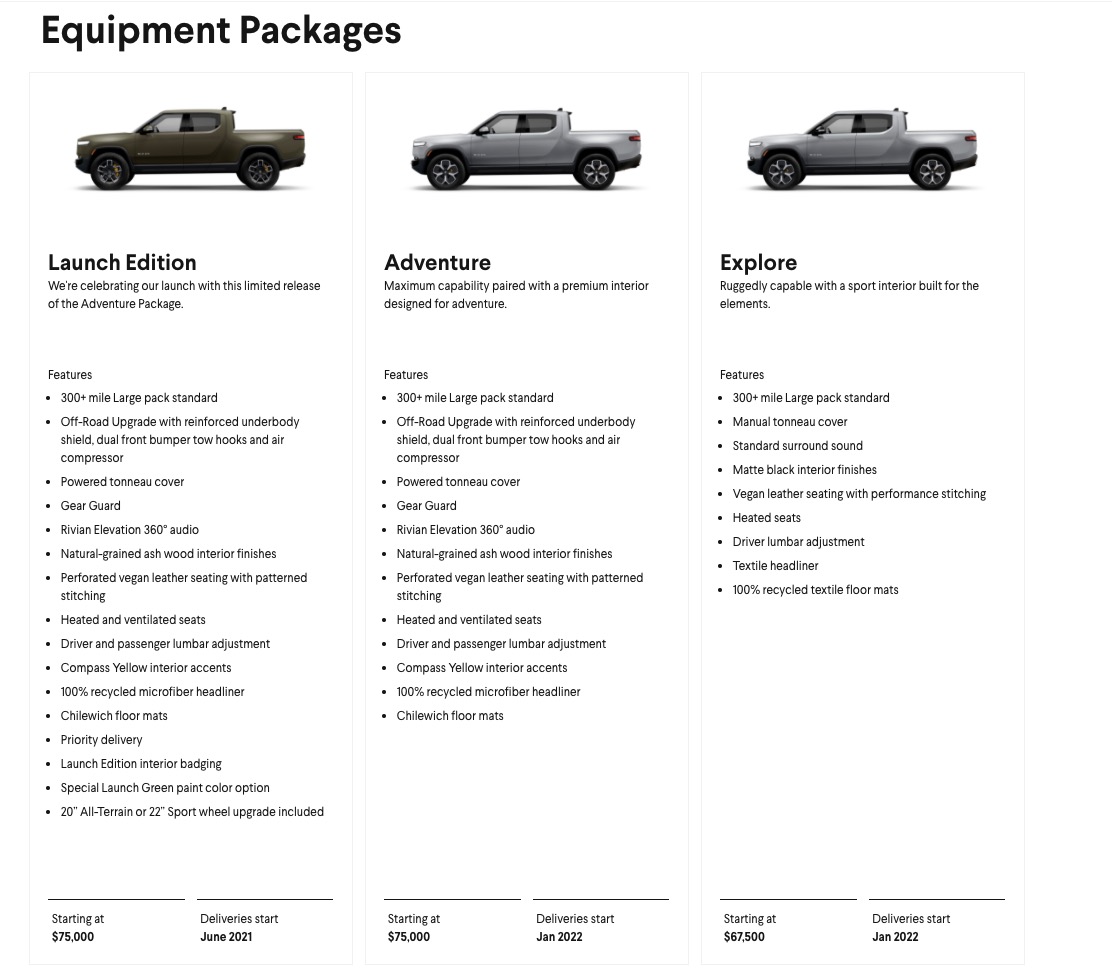Google Music is dead, and with it one of the few remaining connections I have to the company that doesn’t feel like a gun to my head. The service, now merged haphazardly with YouTube Music, recalled the early days of Google, when they sometimes just made cool internet things. It made it nearly a decade, though — pretty impressive for a one of their products.
I’ll just say it up front: I’m a lifelong music pirate. Oh yes, I’ve reformed in recent years, but I’ve got a huge library of tracks that I’ve cultivated for decades and don’t plan to abandon any time soon (likewise you can pry Winamp from my cold, dead hands). So when Google announced back in 2011 I could stream it all to myself for free, it sounded too good to be true.
And indeed it was a relic of the old Google, which was quite simply all about taking things that are difficult to do yourself (find things online, set up a new email address, collaborate on a spreadsheet) and make them easier.
Google Music — as we’ll call it despite it having gone through several branding changes before the final indignity of being merged into another, worse service as a presumably short-lived tab — was not first to the music-streaming or downloading world by a long shot, but its promise of being able to upload your old music files and access them anywhere as if they were emails or documents was a surprisingly generous one.

Generous not just in that it was providing server space for 20,000 songs (!) for free and the infrastructure for serving those songs where you went, but in its acknowledgement of other models of owning media. It didn’t judge you for having 20,000 MP3s — they weren’t subjected to some kind of legitimacy check, and they didn’t report you to the RIAA for having them, though they certainly could have.
No, Google Music’s free media locker was the company, or at least a quorum of the product team, announcing that they get it: not everyone does everything the same way, and not everyone is ready to embrace whatever business model tech companies decide makes sense. (Notably it has shifted several times more since then.)
Though my perennial work frenemy at the time MG Siegler was not impressed with the beta, I vigorously defended it, noting that Google was starting simple and looking forward rather then trying to beat Apple at their own game. Plus, secretly, I was feverishly uploading a hundred gigs of music I’d gotten from Audiogalaxy, Napster, and SoulSeek. Here, I thought, was a bridge between my antiquarian habits and the cutting edge of tech.
Since then, like the resentfully loving owner of a junker, over the years I’ve been frustrated by Google Music in the ways that only one who truly relies on something can be. The app became essential to me even as its ever-changing and confusing interface confounded me. As Google’s media strategy and offerings fluctuated and blurred, my uploaded music sat there quietly, doing the same thing it did at launch: hosting my music files. Whatever it did in addition to that, it still let me access the glitchy, 128kbps version of The Bends I downloaded in 2001. I also had the security of knowing if my many drives died in a fire, I could at least recover my precious MP3s.
Whether I’d ripped it myself, pirated it in college, bought it on Bandcamp, or got it from a code inside the vinyl I bought at a show, it worked on Google Music. It integrated all my music in a truly all-accepting cloud player, and for that reason, I loved it in spite of its flaws and total lack of hipness.
Now, in deference to the explosion of YouTube’s popularity as a music platform — which more than anything else really is due to a new type of laziness and platform agnosticism peculiar to the next generation — Google Music exists as a sort of ghost of itself within the YouTube Music app, itself an evolution of a couple other failed music strategies.
Perhaps Google felt that the optics of obsoleting a service and cutting off millions of users from something useful and beloved were not worth risking — after doing exactly that with Reader (RIP).
So (after culling the users who forgot they had accounts) they settled on the next best thing, which was making Google Music suck. Buried inside the new app, the music I uploaded has undergone a regression: intermingled and mixed, poorly organized, unable to be searched through, and at every occasion presented as the worse option, the uploaded library function seems to have been hidden away and hobbled.
The ugly and reliable Music Manager, which has run in the background on my Windows PCs for years, is dead, and adding new music is done by manually dragging the files onto the YouTube Music tab. Complaining about having to move my fingers a few inches when I get a new album seems a bit pampered, so I’ll just say that it’s telling that Google chose to make the user do the work when the whole service was built around preventing exactly that kind of work from having to be done.
I suppose I’m an exception to the usual Google and YouTube user, and as I’ve been careful to show the company for the last 20 years or so, there’s no money to be made from me. Yet as soon as I understood that Google was going to make it hard for me to do what I had been doing with them for a decade, I decided I was willing to pay for it. Now I pay Plex for a service Google decided was below them, and incidentally it’s way better. (Come to think of it, I started paying for Feedly after Google killed Reader, too.)
In a way I’m thankful. The idea of divorcing myself entirely from Google’s ecosystem isn’t a realistic one for me, though I do it where I can (though having moved to iOS, the cure sometimes seems worse than the disease). One of the tattered bindings holding me to Google was the music thing. And while I do plan to take up a hundred gigabytes on one of their databases somewhere for as long as I possibly can, I’m glad the company admitted that what they were giving me didn’t make sense for them any more. It means one less reason that what Google has to give makes sense for me.
Every service from Google now, especially with those new, bad logos, feels less like it’s offering a solution to a problem and more like it’s just another form of leverage for the company. We were spoiled by the old, weird Google that did things like Books because they could, throwing it in the teeth of the publishers, or Wave, an experiment in interactivity that in many ways is still ahead of its time. They did things because they hadn’t been done, and now they do things because they can’t let you leave.
So, RIP Google Music. You were good while you lasted, but ultimately what you did best was show me that we deserved better, and we weren’t going to get it by waiting around for Google to return to its roots.






